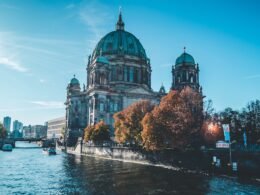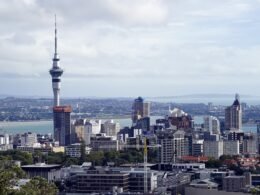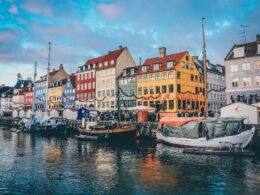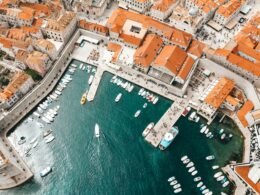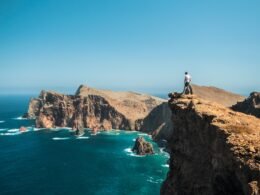The best time to visit Bolivia depends on the region and the season. However, the general consensus is that the best time to visit Bolivia is during its dry season between May and October.
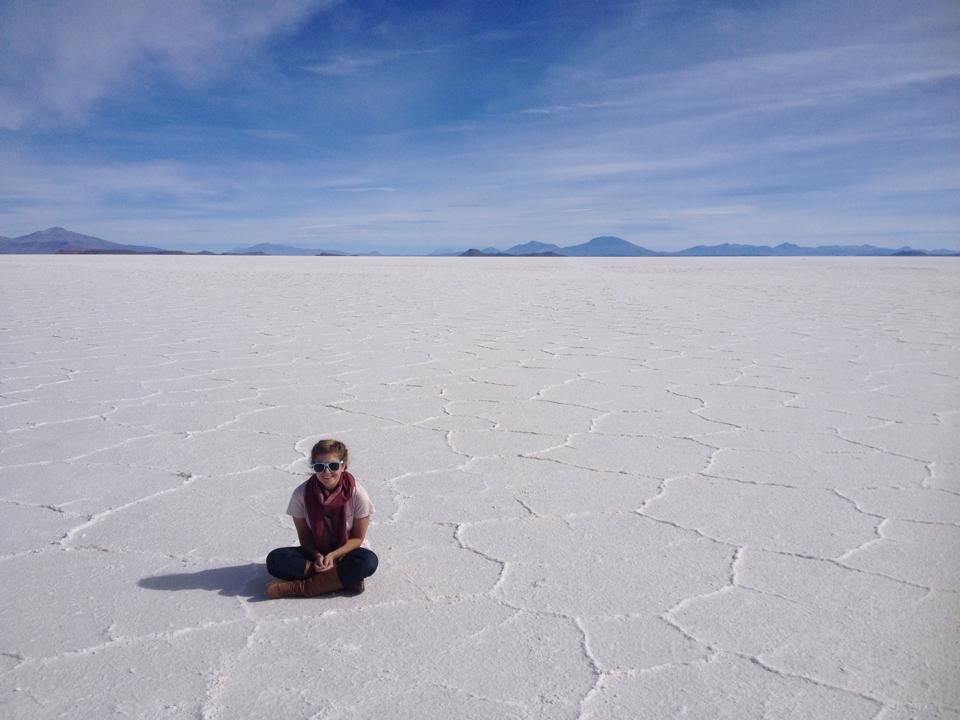
Month by Month Guide
January is the wettest month of the year with rain across most parts of the country. The temperature of La Paz and Lake Titicaca is around 60°F.
February is still wet and humid, but there is much less rainfall. Temperatures are similar to Januar and it is Bolivia’s festival season.
March is the last month of the rainy season. It is still quite humid and the temperatures remain in the 60s.
April is considered a shoulder month because the rains start to subside leaving the countryside lush and green. This is the best month to visit the salt flats!
May marks the start of winter and dry season in Bolivia so the hiking trails open back up. Santa Cruz, Bolivia has temperatures in the 80s.
June is dry and sunny with blue skies. It is cold and one of the busiest months of the year.
July is dry and cold with clear skies.
August is cold and dry, and it is Bolivia’s most crowded month. Bolivia also celebrates its Independence day in August.
September brings back the rainfall and isn’t nearly as busy. This is the perfect month to visit the Bolivian Amason.
October marks the start of the rainy season.
November sees wet evenings and foggy mornings. It is one of the rainiest months of the year, and also one of the warmest months.
December has the highest levels of rainfall, and most of the country is hot and humid.

Seasons
May to August is the best time to visit due to the dry weather. If you pack accordingly you will be fine. I’m talking winter jackets, gloves, hats, and scarves.
During the day there is lots of sunshine but the temperature can drop below freezing once the sun goes down. My teeth are chattering just thinking about it.
When the weather is dry, your Bolivia vacation is much more likely to run smoothly. You can be confident that all of the tours and activities will be available.
January to March is the worst time to visit Bolivia if you plan on doing outdoor activities such as hiking or biking. The regions referred to as the “lowlands” usually experience bad flooding and the humid temperatures bring the blood-thirsty mosquitos out of hiding.
The rain has a habit of disrupting travel plans. The roads often flood and landslides are much more common during this season. Fog and clouds can make driving or hiking in the mountains dangerous. Even fights are also frequently disrupted by bad weather conditions
Regions
La Paz

La Paz is located at 3,600 meters above sea level making it the highest “administrative capital city” in the world.
The best season for visiting La Paz is the cold and dry period between April and October. During this time of year, the city has clear and sunny skies.
It has the longest cable car in the world that many locals use to get around the city. It also has breathtaking views of the city from above, so don’t miss out on a cable car ride while in La Paz.

A few of the best places to visit in the city are the Marcado de Brujas or Witch Market, and the San Pedro Prison.
At the witch market, you can find all kinds of unique artisanal goods, restaurants, and cafes in this area.
The San Pedro prison is one of the most famous prisons in the world. Entire families live inside the prison, and there is little to no police presence inside.
They used to offer tours, but nowadays you can only see it from the outside or read the book called Marching Powder ( a book written by a tourist who chose to live in the prison for a few months).
Uyuni Salt Flats
The salt flats are a must-see when in Bolivia. It’s an overnight bus ride from La Paz, and you can book a day tour upon arrival.
The white salt flats stretch for as far as the eye can see, and it feels as if you have stepped into a galaxy far far away. In fact, they actually filmed scenes from Star Wars: The Last Jedi at Salar de Uyuni.
On a day tour, you get to visit an island filled with cactus, and a hotel made of salt. You also get to be creative and take cool photos like the ones below!
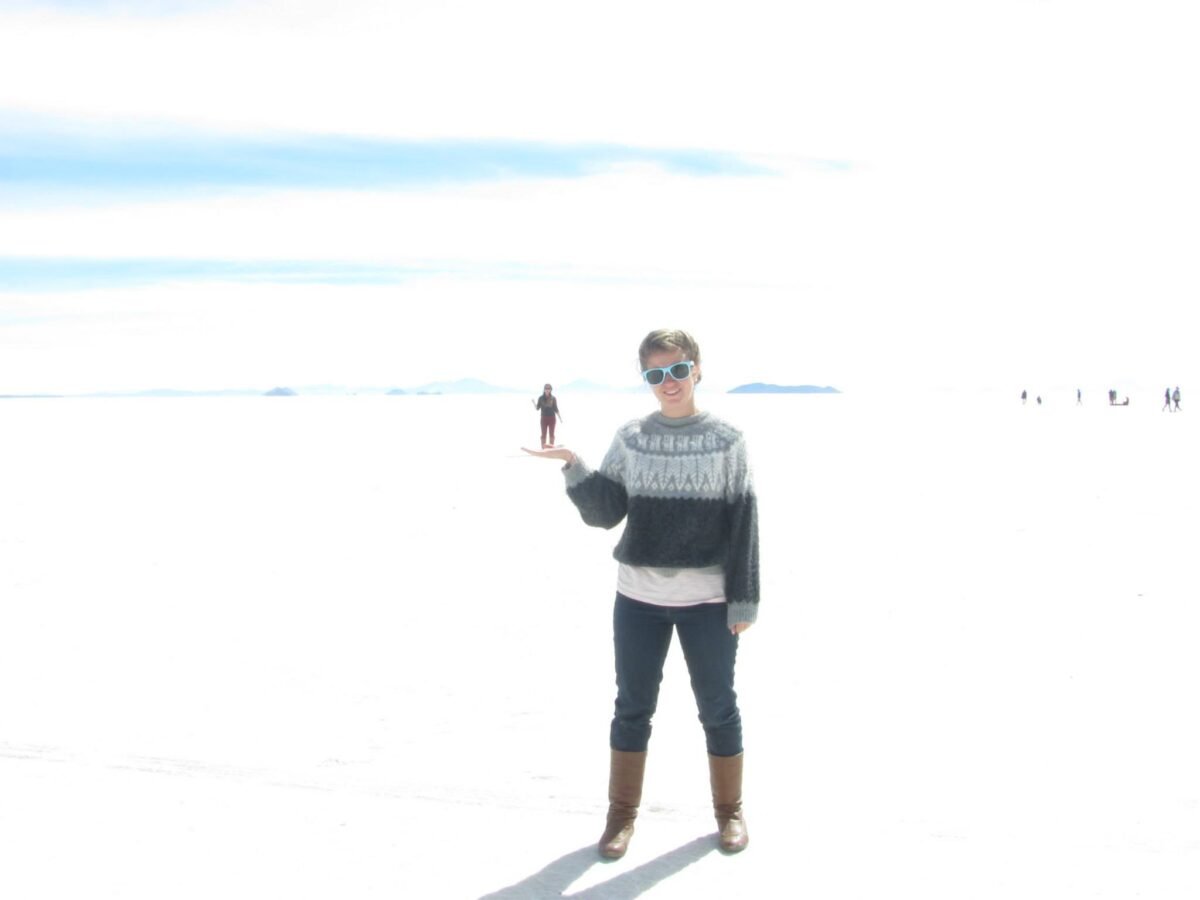
There is a very small window at the end of April that is the perfect time to visit these vast salt flats. There is just enough rain to create the mirror effect, but it is not too flooded to walk around and visit the islands.
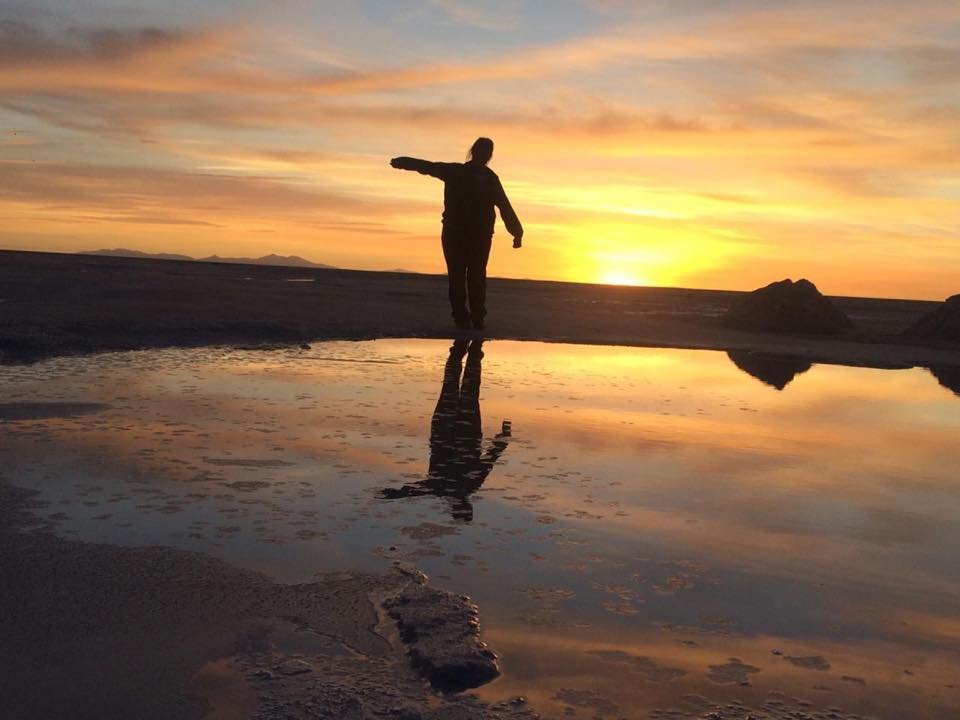
The Death Road
The Andes meet the jungle at The Death Road or Yungas Road. It has earned the reputation of being the most dangerous road in the world! In the past, there were 200 to 300 deaths on this road every year.
While statistics have changed in the past few years, you should still be careful when cycling down the death road. Vehicles are no longer allowed on parts of the road so that cyclists can have a safe ride down into the jungle.

The most convenient time to go is in winter—June to August, though it is really cold in the highlands during the winter, it is also dry and therefore much safer to ride.
Tourists come from all over the world to bike along the Death Road in hopes of earning the t-shirt that says ” I survived my ride on the world’s most dangerous road.” This activity is perfect for those seeking an adrenalin rush!
If you’re up to the challenge, the bicycle tour starts in the Andes highlands and ends in the jungle which means that temperatures can vary drastically from the start to the finish of the ride. Wear lots of layers so that you can shed along the way as it gets warmer.
Festivals
Most of Bolivia’s festivals take place from February to April. Carnival and Semana Santa ( Easter ) are two of the biggest celebrations of the year, and they showcase the Bolivian culture. They usually include traditional dances, fireworks, and street food.

Festivals can also cause inconvenient travel disruptions if roads or attractions close down and while the biggest festivals take place in February, March, and April don’t be surprised to see a colorful group of traditionally dressed dancers at any time of the year.
To Sum Up
Bolivia is a unique country with many landmarks to visit. It has two distinct seasons: the dry season, and the wet season. Both have their advantages and disadvantages so you really can’t go wrong. Choose the best time to visit based on the places you are most eager to visit.







